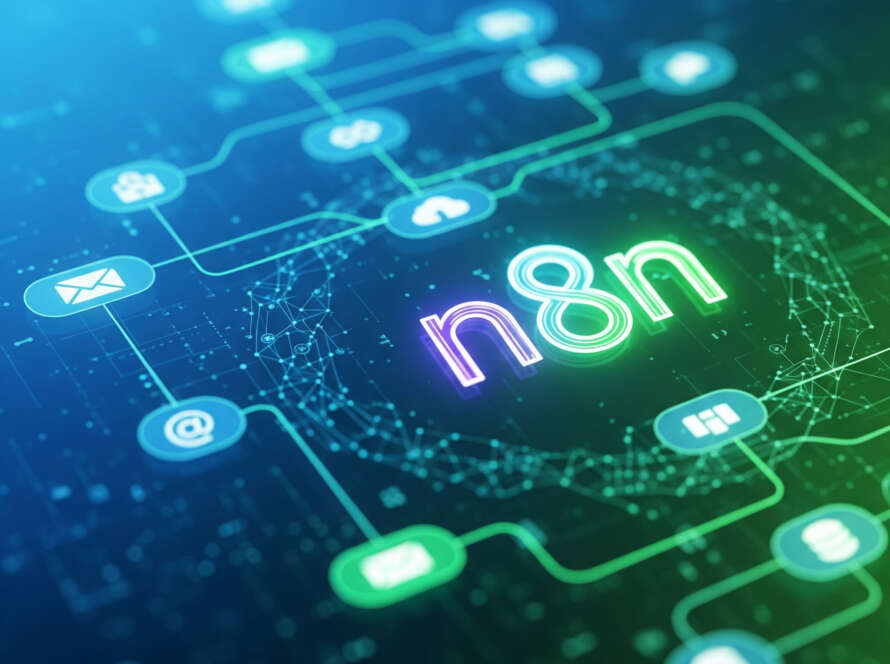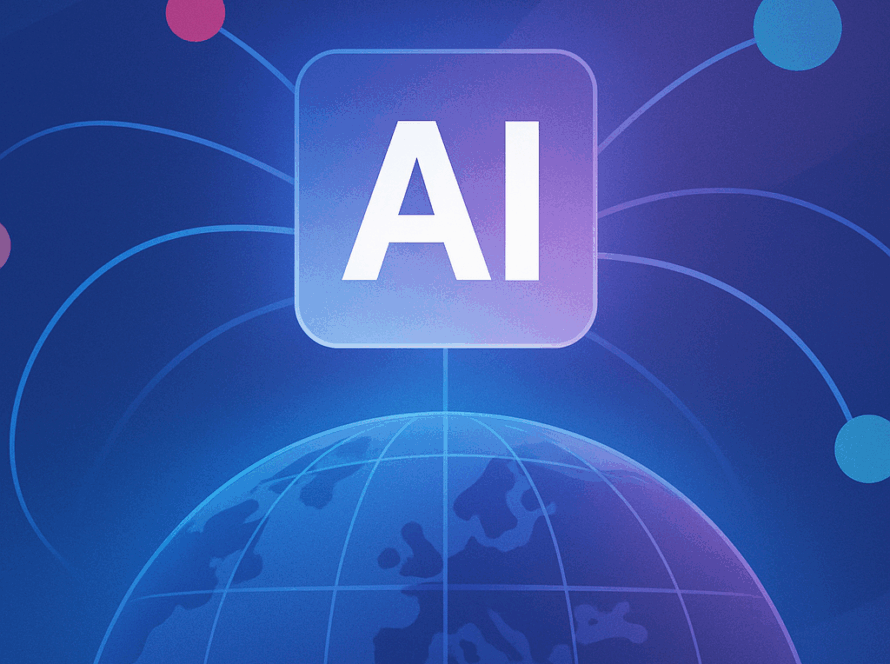For decades, enterprise systems like Salesforce, SAP, or ServiceNow have defined the backbone of corporate digital operations. They structure processes, enforce rules, and store the most valuable data. But as AI agents begin to work across these systems — reasoning, acting, and collaborating autonomously — the old integration model is breaking apart.
The new foundation isn’t just another API. It’s context — and the protocols that carry it.
From APIs to Context
APIs were built for data exchange, not intelligent behavior. They tell a system what to do (“Create this order”, “Update this record”), but not why, under which conditions, or how it fits into the larger mission.
AI agents, on the other hand, operate through situational reasoning. They need:
- Historical and real-time data,
- Business rules and policies,
- Goals and success metrics,
- System capabilities and affordances.
This entire bundle — the Model Context — gives an AI agent the semantic environment to act meaningfully.
The Model Context Protocol (MCP) defines how that context is shared across systems and agents.
A Practical Example: Salesforce through MCP
Imagine you’re building a Sales AI Agent that operates across Salesforce and your internal ERP system.
Traditionally, the integration looks like this:
Agent → REST API → Salesforce Object (e.g., Opportunity)
That’s fine for CRUD operations, but the agent doesn’t understand:
Which stages matter most for pipeline accuracy,
How pricing approvals work,
Which accounts have high credit risk,
Which opportunities belong to which regions or sales teams.
With MCP, instead of simple data pulls, the agent requests a Context Package from Salesforce — a rich, structured description of:
Objects (schema + metadata)
Business policies (validation rules, workflows)
Historical data (trends, win/loss ratios)
Available actions (what the API can do)
Organizational goals (KPIs, forecast rules)
Relevant permissions and role constraints
The MCP “context manifest” gives the AI awareness of how Salesforce behaves, not just what it stores.
Once this context is loaded, the agent can reason autonomously:
“I notice this opportunity has stagnated for 45 days in the ‘Proposal’ stage, and similar deals in this region close faster with a 10% discount and an executive contact. Shall I trigger an escalation to the regional VP?”
That’s not an API call — that’s intentful collaboration
Why Multi-Context Matters
Single-context systems make agents blind outside their own sandbox.
A Salesforce AI might know everything about customers, but nothing about the delivery timeline in SAP, or the open incident in ServiceNow.
Enter Multi-Context Protocols (MCPs) — the connective tissue that allows agents to:
- Merge contextual frames from different systems (CRM, ERP, HR, NOC)
- Maintain alignment (shared goals, constraints, and data lineage)
- Preserve compliance (consistent role-based access and audit trails)
- Act collectively, not in silos
Think of MCP as the HTTP of agentic collaboration — a universal way for intelligent systems to share meaning, not just messages.
How It Works Conceptually
An MCP framework typically includes:
- Context Registry – a shared catalog of available contexts (e.g., “Salesforce.AccountContext”, “SAP.OrderContext”).
- Policy Layer – defines who can access which context, under which conditions.
- Context Translator – converts internal schemas into a standardized semantic layer.
- Orchestration Layer – where an AI Control Tower or orchestrator assigns agents, monitors their performance, and resolves conflicts.
- Observability & Governance – logs every context use, ensuring traceability for audit, GDPR, and Responsible AI compliance.
Compliance and Trust by Design
MCP also solves a huge compliance challenge.
When multiple AI agents act across regulated systems (like finance, healthcare, or telecom), you need to know exactly which data, model, and policy influenced a decision.
By formalizing “context exchange” instead of ad-hoc API calls, MCP enables:
- Model lineage (which model used which data)
- Decision traceability
- Separation of duties (policy enforcement via context boundaries)
- Instant audit reconstruction
In other words: MCPs make responsible automation possible.
Why the Industry Is Moving Here
Salesforce, SAP, Microsoft, and OpenAI are all converging on a similar architectural principle:
Context-aware agents that understand, reason, and act across systems — safely.
Projects like Salesforce Einstein Copilot, Microsoft Copilot Studio, and OpenAI’s MCP spec all point to this next evolution.
They’re not reinventing APIs; they’re augmenting them with context — the missing piece that lets AI agents collaborate natively across ecosystems.
The Future: Context as the Platform
In the near future, enterprises won’t talk about “integrations” the way they used to.
They’ll talk about Context Meshes — networks of interoperable context providers (CRM, ERP, HR, IoT, NOC, Legal, etc.), all accessible to AI agents through a unified protocol.
When that happens, Salesforce is no longer just your CRM.
It becomes a context provider — part of a distributed brain of interoperable, policy-aware, self-learning AI agents.
That’s why Multi-Context Protocols aren’t just a technical convenience.
They’re the foundation of the next digital operating model — one where systems don’t just connect, they understand each other.



